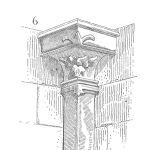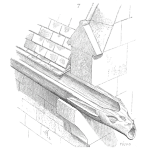
Achieving 99% reliability versus 99.9999% reliability (1 part per million failure rate) represents a massive leap in quality and performance, especially for electromechanical devices in the automotive and aviation industries. The efforts required to reach these levels of reliability differ significantly:
[Read more…]













 Ask a question or send along a comment.
Please login to view and use the contact form.
Ask a question or send along a comment.
Please login to view and use the contact form.